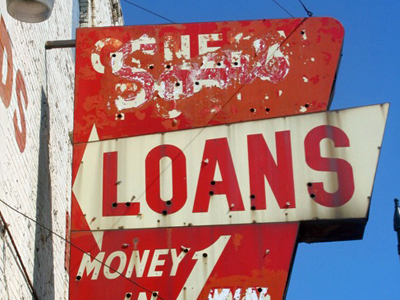
by Ronald Jasgur
Too many Americans should be able to secure a home loan, but they can’t. It’s a troubling and growing problem, one for which we must come up with a viable solution if we are to have any hope of repairing the ailing housing industry.
Today, underwriting is more granular than ever and the variety of mortgages available is slimmer than before Reagan took office. Of course, there are plenty of buyers out there who just miss qualifying for some of the available programs.
Subprime lending (a.k.a. making loans to people who just miss qualifying under conventional guidelines) began as ALT-A – alternative to A credit. If you didn’t fit into a perfect category, banks had niche products for you.
Who qualified for subprime loans? Self-employed individuals who could show sufficient cash flow. Folks with a flawless record of housing payments who couldn’t quite keep up with their medical bills. People with perfect credit who, for one reason or another, couldn’t get a conventional loan.
When the industry collapsed, all of that vanished.
In order to sell more houses, we need to get these people qualified and back into the housing market – and subprime is one way to do it.
But the subprime of tomorrow is not going to look like the subprime of yesterday. It’ll once again be we can’t document everything and because of that, we’ll take a risk at an increased rate. NOT the attitude of giving money to anybody with a pulse, which is what happened near the end of the last Alt-A cycle.
Criteria have to change. And the secondary market must develop an appetite for giving loans like these or our problems will continue indefinitely.
My fear is that the regulatory environment and forthcoming lawsuits from the investing world is going to push any redevelopment in the subprime loan category too far into the future to help the housing market ever recover.
Realtors and the buying public should be speaking louder about the need for alternative lending programs. We made mistakes in the past; we know what went wrong.
Now, let’s under-write with conscience and wisdom and price risk accordingly – but still take chances. Playing it safe won’t turn the market around.
